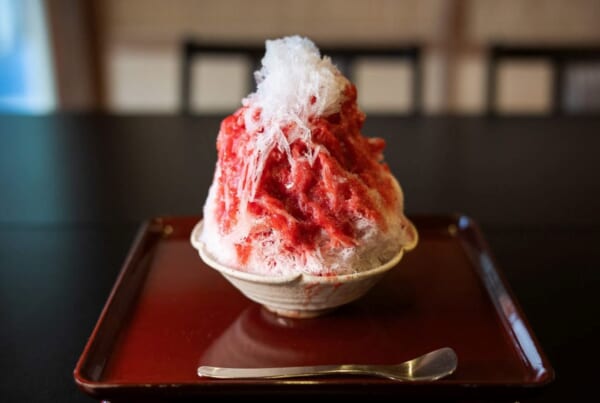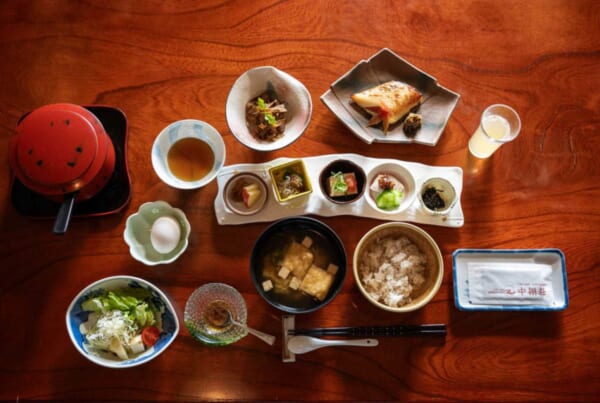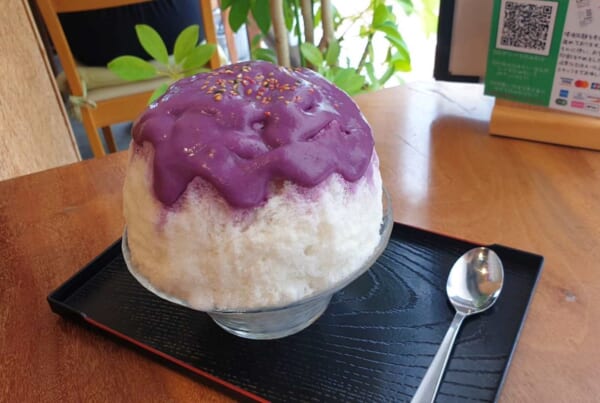The Japanese archipelago is geographically located at a latitude and longitude that makes it a country with distinct climates and seasons; thus, changes in temperature have an influence on every level of daily living. This is illustrated by special editions of products, particularly food and drinks. Each region of the country produces different food and beverages that rotate according to the time of year, with seasonal main ingredients for special edition products. This fact is made clear when we consider the beverages in particular which are introduced into the market, constantly testing the palates of consumers and their degree of fidelity to certain brands and styles.
- Winter: Warm Up With a Cup of Sake
- Spring: Sakura Drinks to Welcome the New Season
- Summer: Staying Hydrated and Refreshed
- Fall: Fruit Beverages for the Harvest Season
- Drinks You Can Enjoy Year-Round
With alcohol or without, the beverages in my “Secret Collection” can be found during each of the four seasons. Every so often, an interesting variation is produced, which may make those who are not used to foreign tastes hesitant. At the same time, there’s sure to be something for everyone!
Winter: Warm Up With a Cup of Sake
The year starts with a cold January across almost the entire Japanese archipelago, except Okinawa and the southern islands which have tropical climates. In order to keep warm in the raw Japanese winters (especially the north), people tend to drink hot and alcoholic drinks. Sometimes, these drinks are served at room temperature. One example is sake; although a room temperature cup of the beverage can hide a bad quality sake. Another beverage commonly consumed hot is amazake. It has a lower alcohol content than sake, with a sweet and gentle taste and smooth consistency.
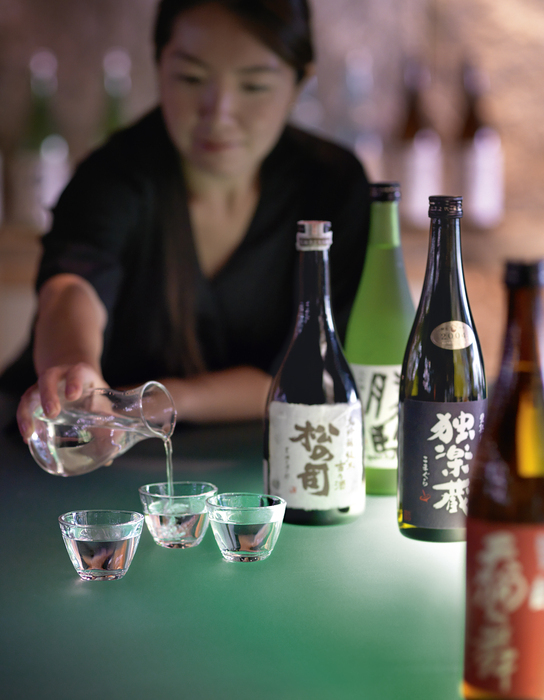
Credit: FT
In addition to sake, Japanese Whiskey has acquired great fame in many countries and won several international awards. The jury has made it quite clear that they are of excellent quality.
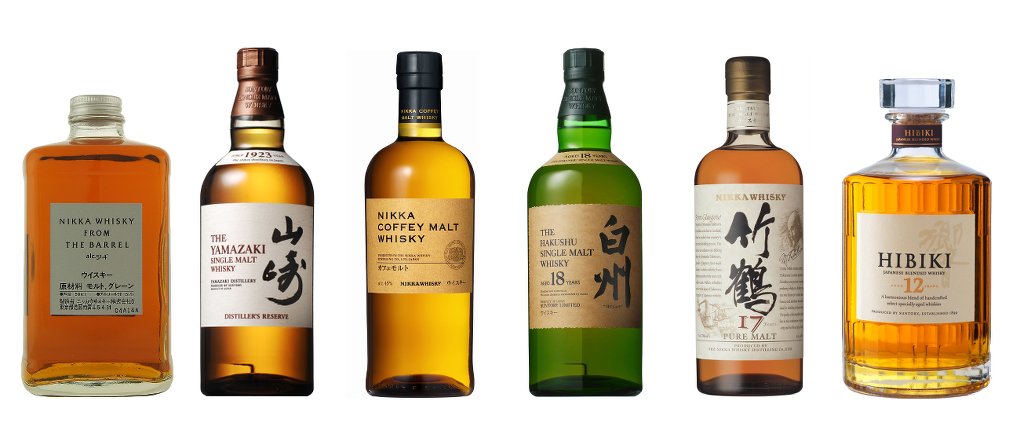
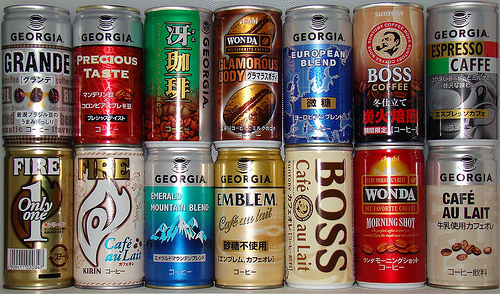
Credit: BoutiqueBarShow and FlickRiver
Sake and whiskey aside, there are plenty of non-alcoholic beverages people enjoy in winter. This includes tinned coffee which you can find in most vending machines. There are many brands and degrees of sweetness. In addition, the ones marked with a red label in the machine indicates which ones are hot.
Spring: Sakura Drinks to Welcome the New Season
The prettiest season for visiting Japan starts after the first three months of the year: spring. During spring, all the beverages and other products concentrate on offering the flavors, aromas and textures associated to the sakura tree (cherry tree) and its characteristic pink blooms. So, lattes (both hot and cold) of most cafe chains, flavored water, and teas don the same pink color.
Also available is sakura tea, which is prepared with edible sakura flowers that are salted beforehand. Hot water is poured over one or two buds for a lovely aroma, though the tea is a little salty. Sakura tea is more traditional and not as influenced by trends. The tea is used in many celebrations such as weddings.
Summer: Staying Hydrated and Refreshed
The long awaited summer arrives with many offerings and refreshing beverages to deal with the occasionally stressful and humid heat. A very refreshing option is mugicha tea. This tea is made with grains of barley, and is very popular due to having no caffeine or calories. It is readily available in bottles (like almost any type of tea in Japan) and in classic teabags. It can also be prepared directly from the grains using traditional techniques for a more intense and astringent flavor.
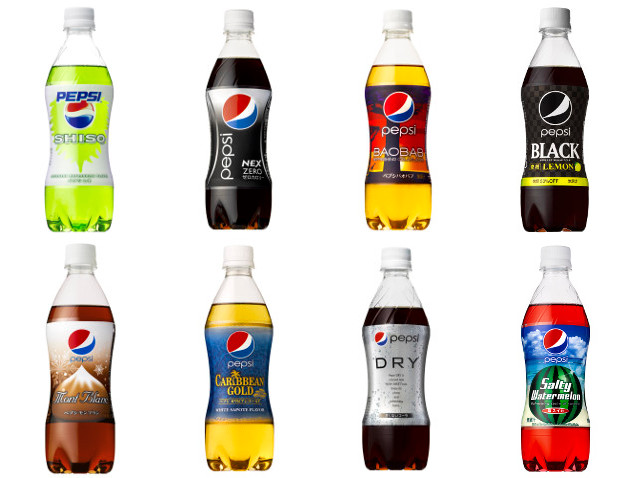
Credit: Kotaku
In addition, brands such as Fanta and Pepsi usually have a special summer edition flavors. Typical summer flavors include watermelon and lychee. The brands also have their other unusual flavors that are not season-specific, including grape, aloe vera and cucumber.
Fall: Fruit Beverages for the Harvest Season
The first cool breezes warn that autumn is coming with the harvest of the many fruits used for producing beverages. Two good examples of autumnal alcoholic drinks are momoshu and yuzushu. The first is a peach liqueur with a 9% alcohol content. Momoshu is made by adding the juice of this fruit to sugar cubes and an alcoholic base. The base can be sochu (a distilled spirit), sake or any neutral white liqueur. It is normally found in izakaya (Japanese tapas) and is very popular among young women. Yuzushu is prepared similarly, but the rind of the yuzu (a fruit similar to lime) is used instead. This drink is made by many brands with varying degrees of sweetness that depends on the amount of yuzu rind used.
Drinks You Can Enjoy Year-Round
There are also many drinks that are available all year long and are absolute classics in Japan. First among the non-alcoholic beverages is Hoppy. This drink has been on the market since 1948 that tastes like beer but has almost no alcohol content. Second is Pocari Sweat, a non-carbonated sweet sports drink. Finally, matcha (Japanese green tea) is a poplar base ingredient in many beverages as well as on its own.
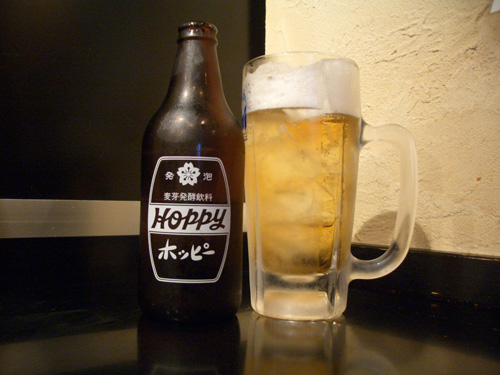
Credit: Smosh
Two very popular alcoholic drinks are umeshu and chuhai . Umeshu is Japanese plum wine with a pleasant taste that is available from over 300 brands. Chuhai (abbreviation of Sochu Highball) is a cocktail usually made by mixing sochu with soda and lemon.
Depending on when you visit, you will find interesting seasonal food and beverage options. Of course, there are many beverage options that are sold year-round. Why not try tasting as many as you can? Don’t miss anything and you may leave Japan with a new favorite drink. Cheers!












